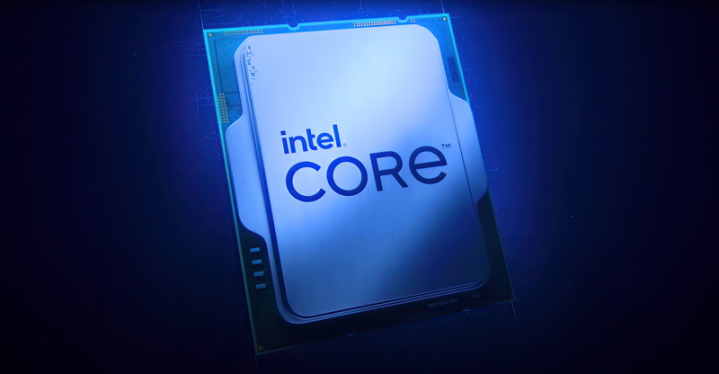
Intel Arrow Lake is said to be coming out later this year, but the leaks have been scarce — until today. According to Benchlife, Intel is readying 13 new processors, but forget any mentions of a 15th-gen CPU — these chips all follow Intel’s new branding and will be dubbed the Intel Core Ultra 200 series. That’s the first big change. What else is new, other than the name? If Benchlife is correct, the loss of hyperthreading will be the other notable difference.
Arrow Lake CPUs will be the first desktop generation to follow Intel’s new naming scheme, and thus, the first under the new Core Ultra umbrella. Meteor Lake paved the way, but those are laptop chips, whereas Arrow Lake processors are coming to desktops. This includes the Core Ultra 200 K-series, which encompasses the unlocked versions of CPUs that have a processor base power (PBP) of 125 watts, as well as the locked Core Ultra 200 non-K variant that maxes out at 65 watts.
Beyond that, Intel is introducing the Core Ultra 200 F-series, which will include both 125W and 65W variants, and the Core Ultra 200 T-series, which has a focus on energy efficiency. According to the publication, there’ll be three K-series and non-K-series chips, two F-series, and five T-series processors to choose from.
Tom’s Hardware adds that Arrow Lake is said to use the same chiplet design that we’ve already seen in Meteor Lake, which would be a first in desktops. However, Intel is said to be sticking to the hybrid core configuration that has been in use since the Alder Lake generation, and what’s interesting is that we’re likely to see the exact same core counts between processors of the same caliber. Intel Core Ultra 200 will likely use a mix of Lion Cove P-cores and Skymont E-cores.

One thing that Intel is said to be getting rid of in this generation is hyperthreading, which means that even though the CPUs may have the same number of cores, they will have fewer threads. Given that rumor, it’s easy to predict the (suspected and unconfirmed) specs of the three K-series chips. For instance, the Core i9-14900K has 24 cores and 32 threads, but the new Core Ultra 9 285K is said to sport 24 cores and 24 threads. Cores are distributed the same way, though, with eight P-cores and 16 E-cores. The Core Ultra 7 265K may therefore have 20 cores and 20 threads, and the Core Ultra 5 245K 14 cores and 14 threads.
Intel’s new naming scheme will undoubtedly take a while to get used to, but on the surface, the processors don’t seem to be bringing many changes. However, the loss of hyperthreading and the use of a chiplet design in a desktop CPU might bring interesting results performance-wise. We’ll have to wait and see how Arrow Lake will stack up against some of the best processors, especially with the AMD Zen 5 lineup set to come out around the same time.


